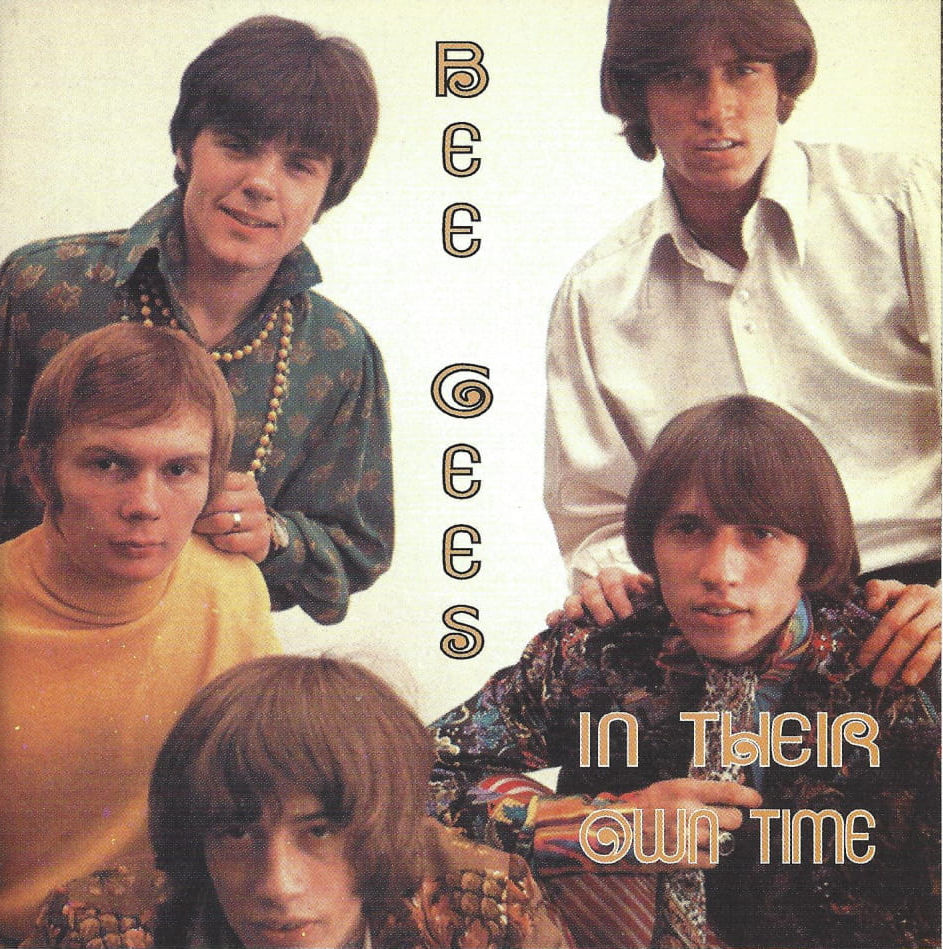
About the Song
Before they became global icons of the disco era, the Bee Gees were already refining their craft with emotionally rich and melodically adventurous recordings in the mid-1960s. Among the standout tracks from their 1967 album Bee Gees’ 1st is the often-overlooked yet remarkably compelling “In My Own Time.” With its urgent rhythm, bold instrumentation, and introspective lyrics, this song captures a band in the midst of artistic discovery, brimming with confidence and conviction.
“In My Own Time” is a declaration of self-determination. Unlike some of the more whimsical or baroque songs on the album, this track pulses with youthful defiance. The narrator addresses the world with a clear message: he will not be rushed, molded, or defined by anyone else’s expectations. It’s a theme that resonates deeply, especially given the Bee Gees’ position at the time—young songwriters and performers carving out a space in the music world on their own terms.
Musically, the song is built on a driving beat and swirling string arrangements, creating a sense of momentum and urgency. The **vocals—primarily led by Robin Gibb—**are sharp, expressive, and tinged with both resolve and vulnerability. The harmonies, as always with the Bee Gees, are tight and haunting, elevating the emotional impact of the lyrics.
What makes “In My Own Time” particularly striking is its blend of baroque pop and mod-rock elements, a fusion that feels both of its time and surprisingly modern. The orchestration, handled with remarkable maturity, doesn’t overwhelm the message—it supports it, allowing the song’s central idea of self-assurance to shine.
Though it wasn’t a charting single, “In My Own Time” is a song that speaks volumes about the Bee Gees’ early vision and creative boldness. It’s a testament to their belief in their own voice—a belief that would, in time, change the course of popular music. For listeners drawn to themes of individuality, inner strength, and musical richness, this song remains a hidden gem well worth revisiting.